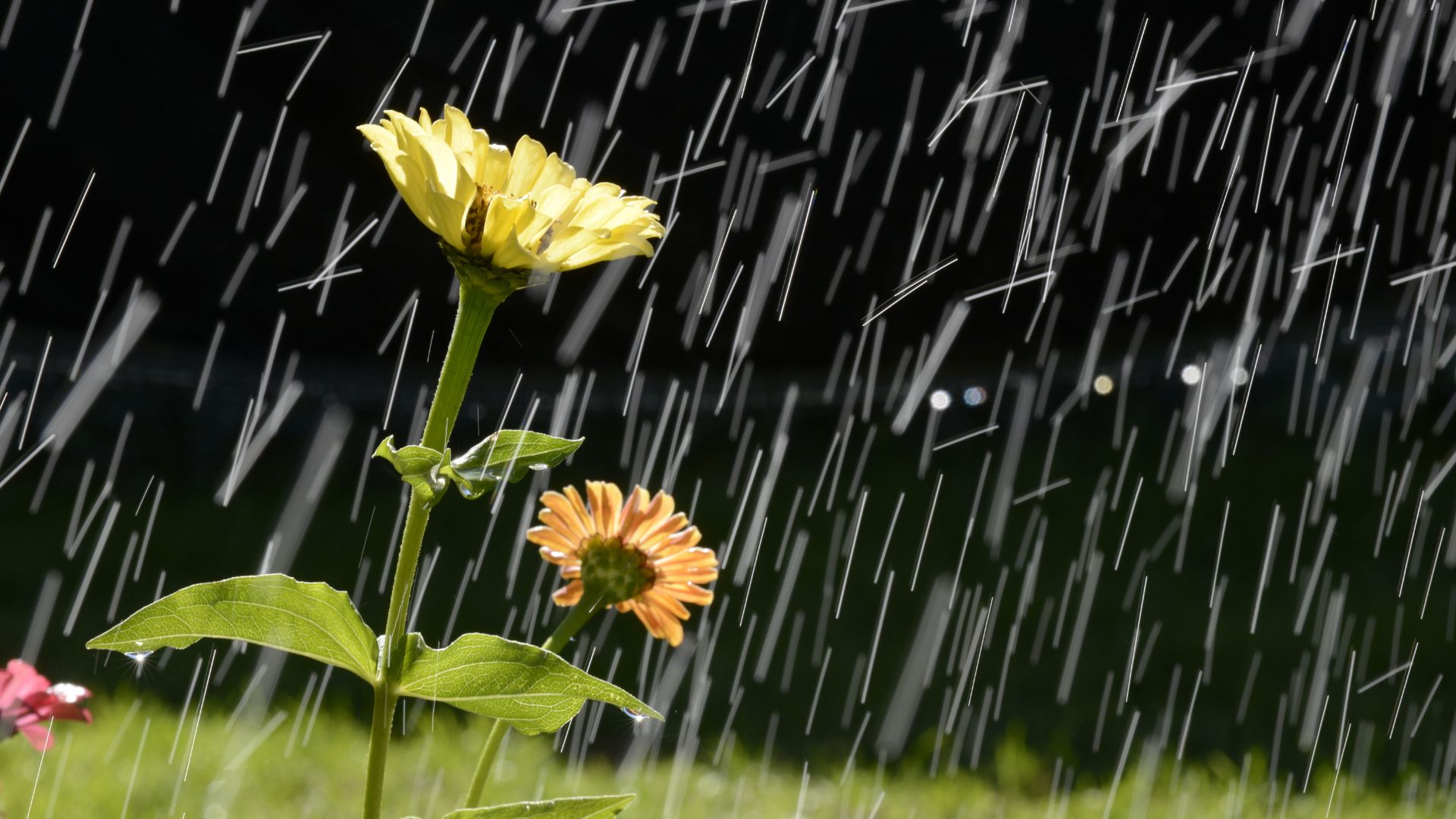Fall is just around the corner, and with it come relentless heavy rains. Living in an area prone to downpours, I used to constantly worry about my garden turning into a swamp (literally!)
I mean, most garden plants aren’t fans of swimming lessons, and it’s all too easy for your crops to get overwatered (talking about a rotting mess).
Luckily, I found a simple trick to save your plants from drowning, and guess what? It’s not rocket science!
A little trenching around your garden beds to redirect water, and throwing up some sturdy tarps during those nonstop rains, can make all the difference.
Keep Your Plants High And Dry By Following These Tips
When your garden starts looking like a swamp due to too much rain, it’s time to step in and save the day. Excess water can drown roots, leading to rot and eventually completely ruining your plants.
One trick I’ve learned is to dig a trench to help redirect all that extra water away from your plant roots (this way, your plants will have their own drainage system).
And if you find yourself sinking into the mud, use boards or stepping stones to avoid squashing your soil.
While you can’t hit pause on the rain, you might consider placing a pitched tarp over small or raised beds. This little hack averts the water and can save your plants from an unexpected deluge.
Once the rain clears, don’t forget to give your garden a boost with some fertilizer to replace those lost nutrients.
Finally, keep an eye out for any damaged leaves and check for pests. Slugs and other critters love a wet garden, so a little pest patrol can go a long way.
Related: Rain Or Shine, These 19 Raised Bed Plants Will Flourish In Your Wet Climate Garden
Prepare Your Garden For The Next Big Rainfall
Dealing with a waterlogged garden can be a living nightmare (trust me, I know). After many, many garden floods, I decided to try every trick in the book to avoid it happening again.
Some worked, some didn’t; but in the end, my plants were feeling a lot better!
So, here’s what you can do to avoid waterlogging:
1. Start with loose, well-aerated soil – to help excess water drain away, use soil that breathes well. Raised beds are great for rainy areas because they give you control over soil quality and drainage. Layering the bottom with sticks, branches, and leaves promotes better drainage and keeps the soil from getting compacted.
2. Use a rain gauge – keep track of rainfall with a rain gauge. It’ll tell you how much water your garden is getting so you’ll know exactly when and how much to water your plants. This is especially handy for those unpredictable summer storms.
3. Check the forecast regularly – if it rains, carefully follow the forecast, whether they last a day or weeks. This way, you can tend to your garden before and after the rain to avoid overwatering and keep your veggies happy.
By following these simple tips, I’ve managed to keep my overwatered vegetable garden dry and thriving even after heavy rain.
With a bit of trenching, tarping, and smart garden care, your plants can survive the soggiest of seasons!
Also read: These 11 Plants Are Nature’s Sponges And The Best Choice For Your Rain Garden



